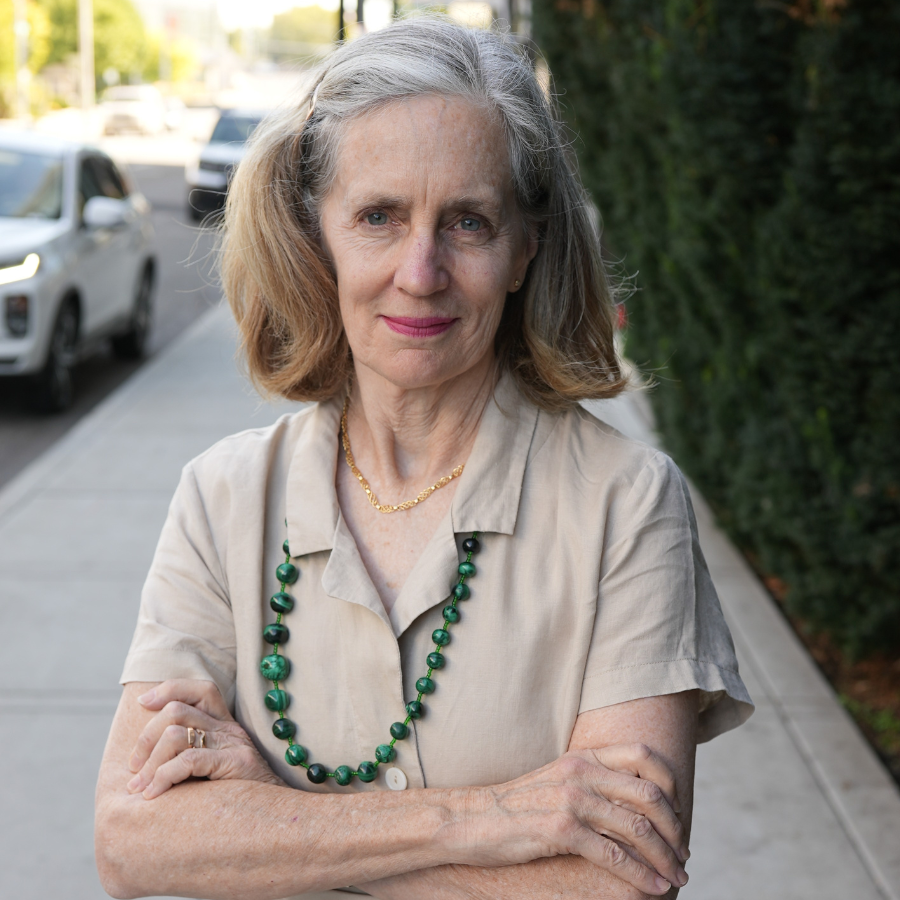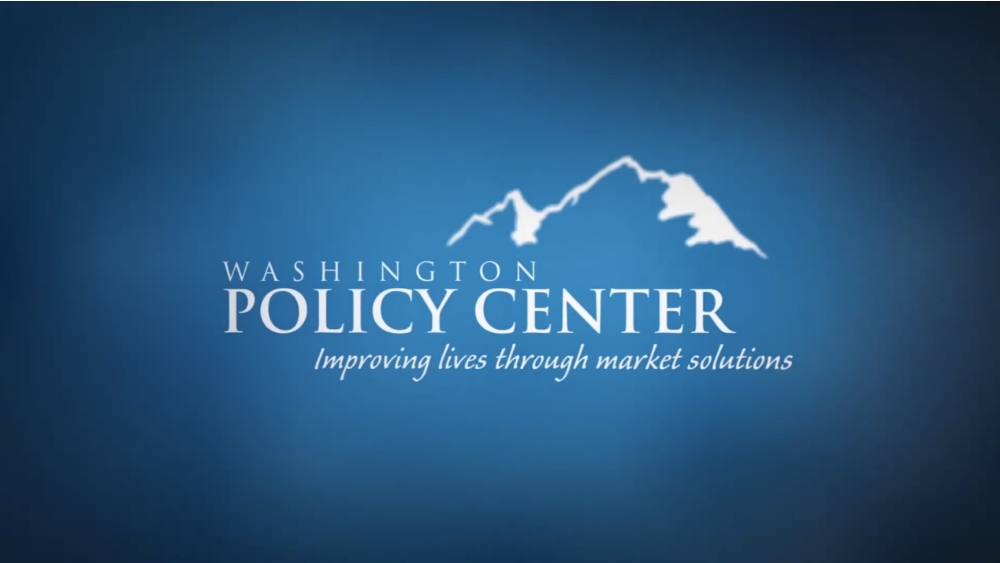Related Articles
Relevant Topics
Manual High School in Denver was in such trouble that district officials closed the school. At the time, students at Manual had the lowest test scores of any public school in Colorado.
Today, Manual High, which serves mostly poor and minority children, is one of the most successful public schools in the state, with the highest test scores of any urban school. Manual High’s turn-around is so remarkable that recently Washington Policy Center flew Manual’s principal, Rob Stein, to Seattle to share lessons with public school leaders.
In 2007, almost in desperation, the Denver School District hired Stein to reopen Manual. The challenge facing him was significant: over half of Manual’s entering ninth graders tested below fifth grade level in math, reading and other core subjects.
Stein agreed to take the job on three conditions. As principal, the District must allow him to choose the teachers (they work under one-year contracts), control the budget and set the curriculum. The District agreed. As a result, Manual administrators escaped the straight jacket of detailed regulations and mandatory collective bargaining rules that weigh down other public schools.
Stein and his teaching team then proceeded to rewrite the curriculum based on successful practices used to turn around troubled schools across the country.
The new program has significantly improved the professional environment for teachers. Teachers at Manual have class sizes of 25 students, compared to the district average of 35. Teachers doubled the time students spend on reading and math, and teachers are allowed to focus on only three core classes. No teacher has a total load of more than 75 students. The student load at other schools is typically 175 students per teacher. This change freed teachers to devote more hours to classroom instruction and to helping struggling students.
To support them, Principal Stein makes sure teachers receive detailed reports about each student’s academic progress, so they can spot learning problems early and provide extra help.
Students at Manual receive regular individual guidance and advice. Every student has an advisor, and all students belong to an advisory group of no more than fifteen students. Advisory groups meet four times a week, and students soon develop a personal relationship with their advisor. Advisors get to know students’ parents and family. If a student is absent or falling behind, the family knows they will quickly receive a phone call from the school with an offer of support.
Stein and his teachers have created a culture of high expectations at Manual. Every student is expected to be ready for college. Students at Manual are required to gain admission to a college as a condition of earning a high school diploma.
Building on the remarkable success at Manual, Colorado’s legislature passed the Innovation Schools Act, which incorporates many of the policies started by Principal Stein. Principals at Innovation schools control teacher hiring, the budget and the curriculum, but as a safeguard, district administrators can always withdraw a school’s Innovation status if they find students are not learning.
Compare this to a typical public high school in Washington State, where principals have little or no control over teachers, budget or the learning program. The result is most high schools require teachers to teach five courses with 35 students in each class. Students do not have advisors, and the school maintains little regular contact with families.
At Rainier Beach High in Seattle, a school similar to Manual, district officials have not given school leaders the tools they need to improve results for students. As one would expect, the results are dismal. Eighty-three percent of Rainier Beach 10th graders failed the math portion of the WASL, and a shocking 91% failed the section on science. Worst of all, only 37% of Rainier Beach students graduate, virtually condemning them to lower earnings, lower skills and reduced opportunities as they start out in life.
Seattle school officials would no doubt protest that they provide all sorts of extra programs and support for Rainier Beach High. This is true, yet students continue to fail. There is one approach they haven’t tried: putting one principal in charge of teachers, budget and curriculum, then holding him accountable for results. As at Manual High, an Innovation schools model would make a real difference in the lives of students at Rainier Beach and at public schools across Washington.




